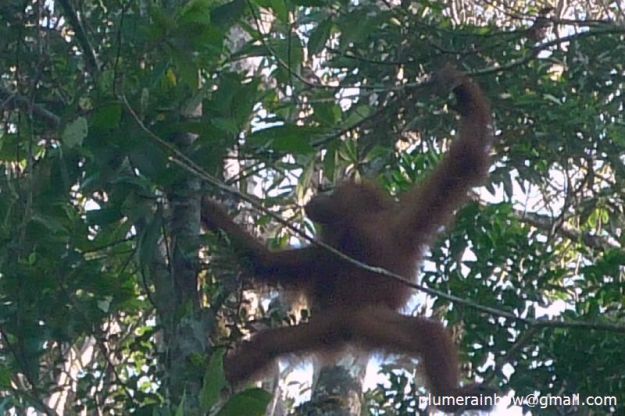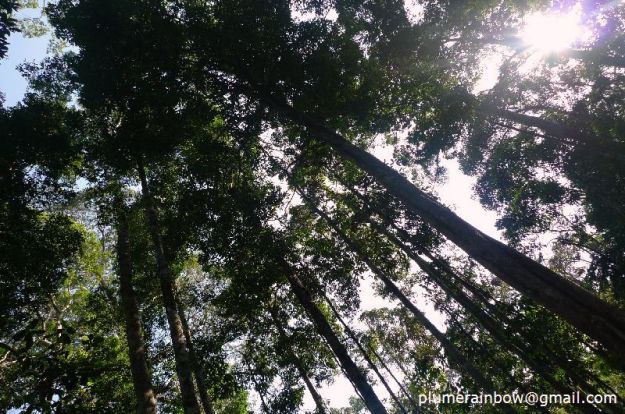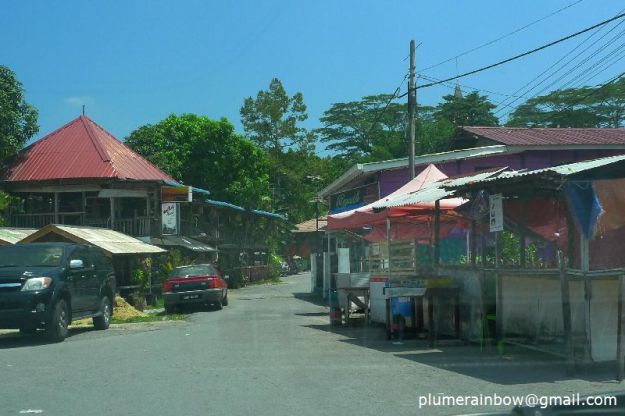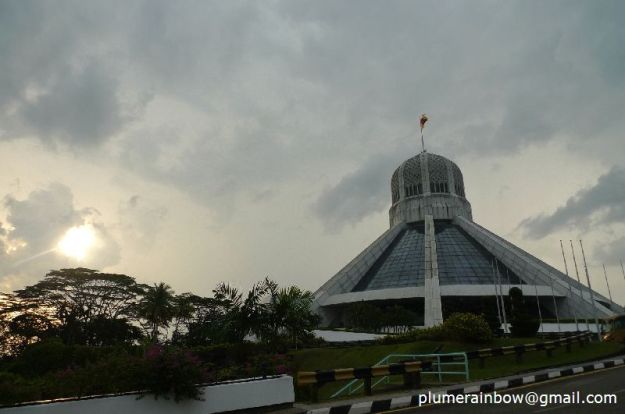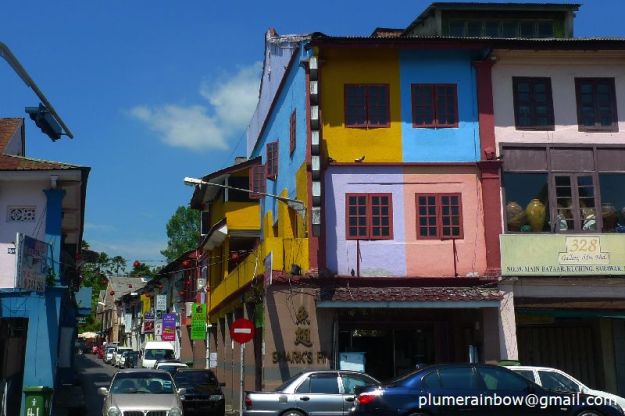Kuching city is under-rated: the city centre is clean, scenic with its riverside promenade, dotted with historic buildings and quaint shophouses. For those who can’t live without shopping malls, a brand new mega one just opened about 7km from the city centre. For those who want a hearty dose of nature, the dense rich natural forest beckons, with Orang Utans at the Semenggoh Wildlife Rehabilitation Centre. For a quick tour of the cultural diversity hosted by the marvellous state of Sarawak, visit the Sarawak Cultural Village, which is also the site of the world famous annual Rainforest World Music Festival.
Kuching city combines tourist accessibility appeal without compromising its charming laid-back vibe. And we were lucky enough to meet warm friendly people who made our stay all the more pleasant. At no point in time were we harassed by mercenary commercialism that pervades so many cities. In fact within hours of landing, my Singaporean friend talked of returning to the city again. I almost don’t want to write these posts for fear that people will find out about this true gem in Borneo. Okay, it’s not obscure. But it doesn’t usually feature on the radar of wanderlusty travellers.
Not far from Kuching, is Bako National Park, which certainly deserves a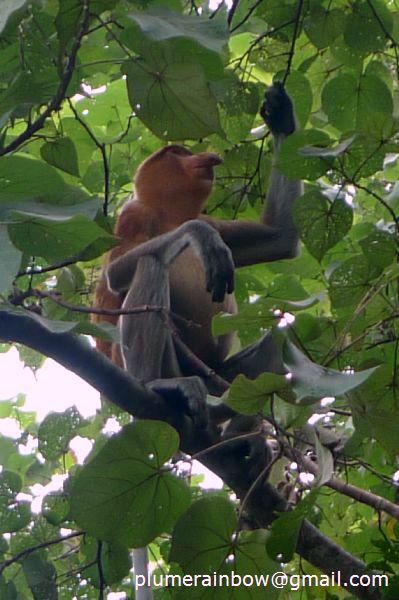 visit. We took a day trip – although you could stay at basic lodgings at the National Park, and have a better chance to catch sight of more rare wildllife – note to jy: next time we should do that! From Kampung Bako, buy the park entrance ticket (RM 10) and charter a boat to bring you to the Park HQ (RM 94 return for the whole boat, with additional top up of RM 38 if you want the boatman to pick you up from Pandan Kecil beach instead). Bako is actually not an island. The forest is so dense that it is just easier to enter the National Park from the coast. Within 5 minutes of landing, I heard noisy leaves rustling above and to my surprise, we were greeted by the rare proboscis monkeys! Proboscis monkeys only live in Borneo, and there are about only 150 in Bako itself.
visit. We took a day trip – although you could stay at basic lodgings at the National Park, and have a better chance to catch sight of more rare wildllife – note to jy: next time we should do that! From Kampung Bako, buy the park entrance ticket (RM 10) and charter a boat to bring you to the Park HQ (RM 94 return for the whole boat, with additional top up of RM 38 if you want the boatman to pick you up from Pandan Kecil beach instead). Bako is actually not an island. The forest is so dense that it is just easier to enter the National Park from the coast. Within 5 minutes of landing, I heard noisy leaves rustling above and to my surprise, we were greeted by the rare proboscis monkeys! Proboscis monkeys only live in Borneo, and there are about only 150 in Bako itself.

Boat departing Park HQ, at Bako National Park

What do you think these cheeky guys are looking at?
Visitors are required to register at the Park HQ, where you get the chance to use the toilets before you start exploring the Park. Thereafter, got a map and off we wandered. We took a walk on the trail in the direction of Pandan Kecil Beach. The terrain is well-marked across the forested-hills, with sightings of wild fern, carnivorous pitcher plants and so many plants of which I do not know the names – time to invest some study in botany!

After walking up and down the hill for a while, we were finally rewarded with the beautiful view of emerald waters from high up above, gleaming under the hot sun.

 Even in the hot noon sun, sitting on the rocked cliff with the view of the sea was a tremendous feeling, a perfect pay-off from the walk through different terrains. How could I resist a dip in the sea?
Even in the hot noon sun, sitting on the rocked cliff with the view of the sea was a tremendous feeling, a perfect pay-off from the walk through different terrains. How could I resist a dip in the sea?

On the return journey, the boatman tells me that Bako National Park actually belongs to the people of Kampung Bako. But the government had marked this territory as a national park, and therefore no de-forestation is allowed. The villagers were given boats in return, and are allowed to live where Kampung Bako is now, but not in the National Park itself.
 On the coastline are strange stacks of rock formation. What a fascinating trip.
On the coastline are strange stacks of rock formation. What a fascinating trip.
Have read much about Sarawak’s biodiversity in Geography classes from secondary school days. If only school classes were conducted on-site more often (the wanderer wishes!).
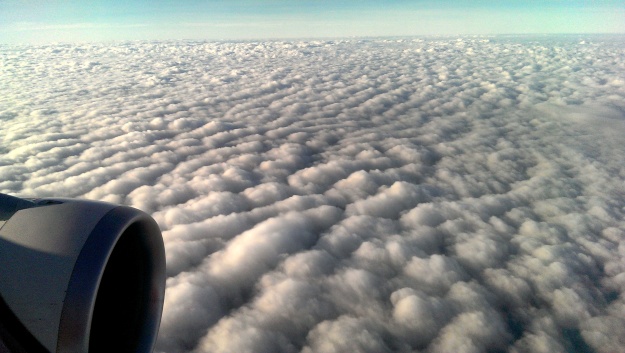
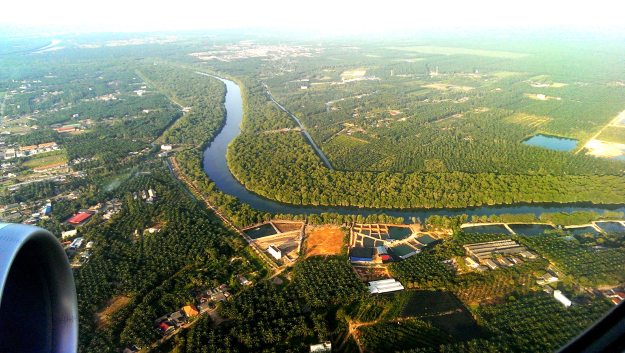

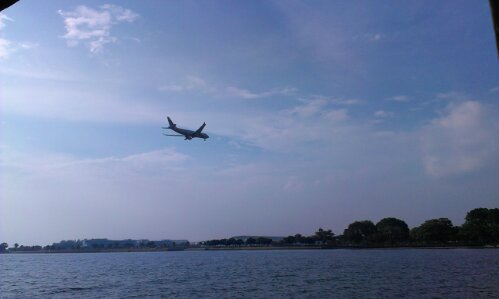
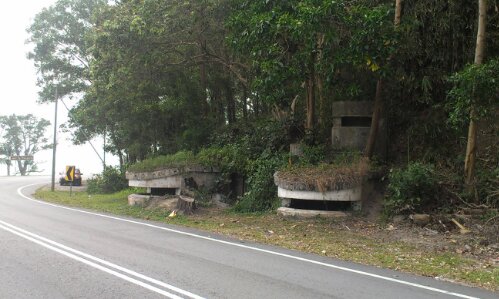
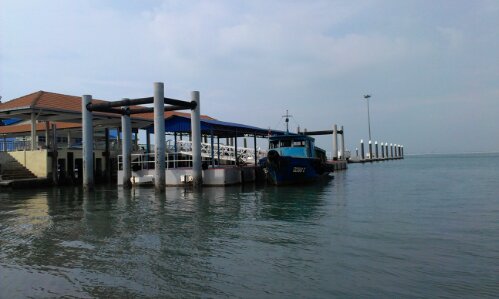
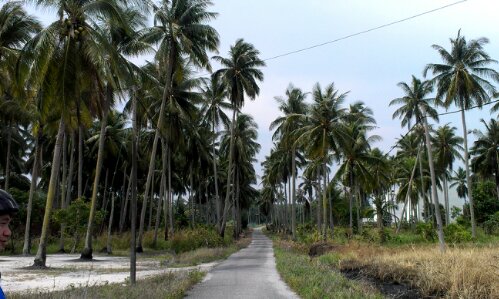
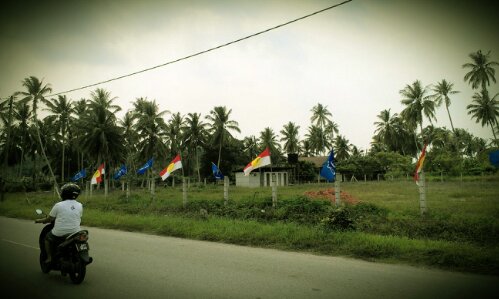
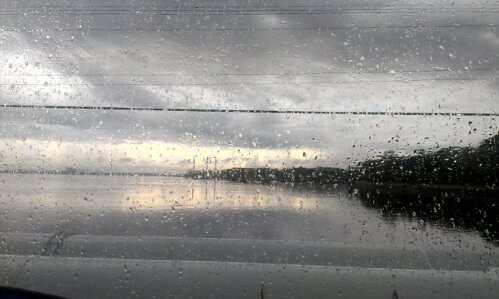
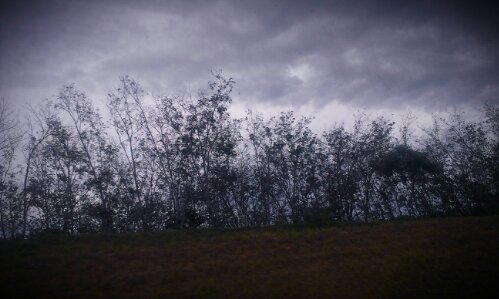
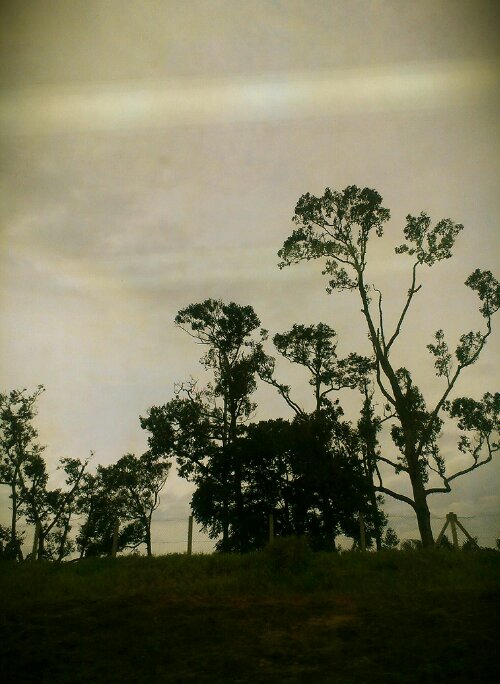
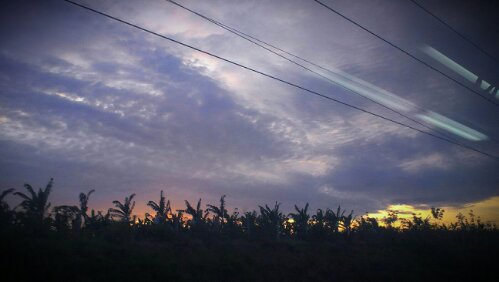
 Spotted a purple (!) Mini zipping around.
Spotted a purple (!) Mini zipping around.
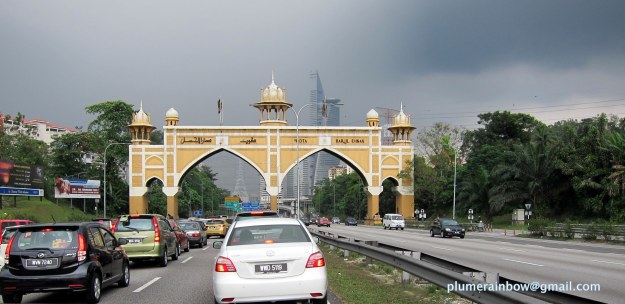
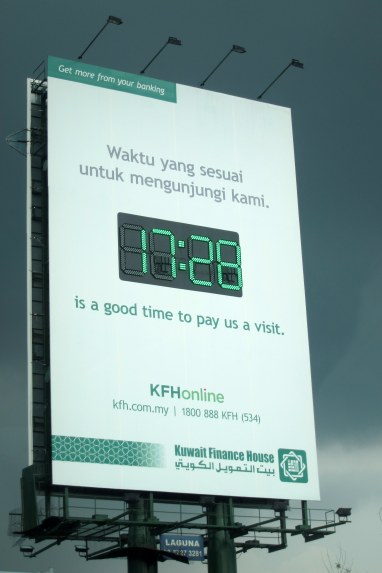

 visit. We took a day trip – although you could stay at basic lodgings at the National Park, and have a better chance to catch sight of more rare wildllife – note to jy: next time we should do that! From Kampung Bako, buy the park entrance ticket (RM 10) and charter a boat to bring you to the Park HQ (RM 94 return for the whole boat, with additional top up of RM 38 if you want the boatman to pick you up from Pandan Kecil beach instead). Bako is actually not an island. The forest is so dense that it is just easier to enter the National Park from the coast. Within 5 minutes of landing, I heard noisy leaves rustling above and to my surprise, we were greeted by the rare proboscis monkeys! Proboscis monkeys only live in Borneo, and there are about only 150 in Bako itself.
visit. We took a day trip – although you could stay at basic lodgings at the National Park, and have a better chance to catch sight of more rare wildllife – note to jy: next time we should do that! From Kampung Bako, buy the park entrance ticket (RM 10) and charter a boat to bring you to the Park HQ (RM 94 return for the whole boat, with additional top up of RM 38 if you want the boatman to pick you up from Pandan Kecil beach instead). Bako is actually not an island. The forest is so dense that it is just easier to enter the National Park from the coast. Within 5 minutes of landing, I heard noisy leaves rustling above and to my surprise, we were greeted by the rare proboscis monkeys! Proboscis monkeys only live in Borneo, and there are about only 150 in Bako itself.



 Even in the hot noon sun, sitting on the rocked cliff with the view of the sea was a tremendous feeling, a perfect pay-off from the walk through different terrains. How could I resist a dip in the sea?
Even in the hot noon sun, sitting on the rocked cliff with the view of the sea was a tremendous feeling, a perfect pay-off from the walk through different terrains. How could I resist a dip in the sea?
 On the coastline are strange stacks of rock formation. What a fascinating trip.
On the coastline are strange stacks of rock formation. What a fascinating trip.

